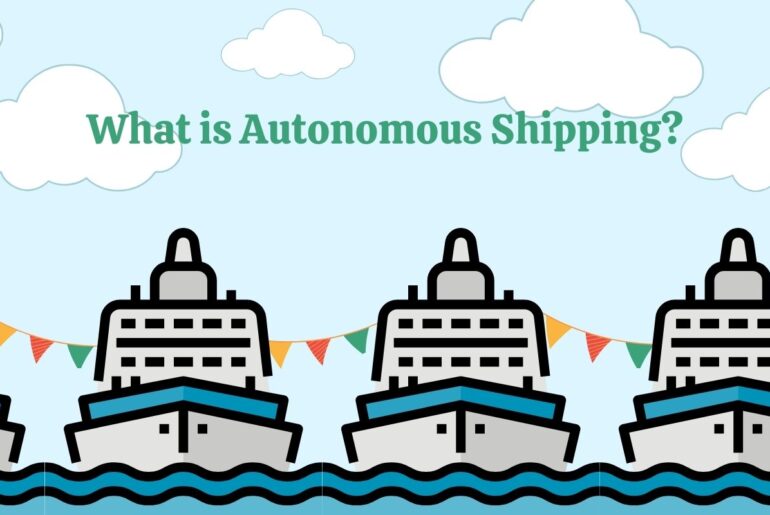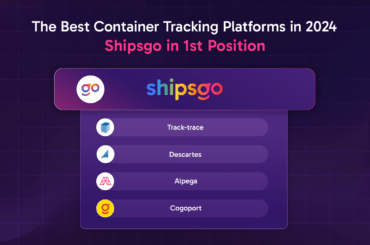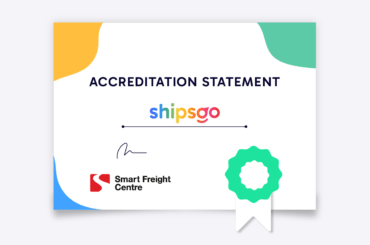Modern transportation has witnessed the advent of autonomous shipping as an innovative solution, revolutionizing maritime industry practices. Autonomous shipping refers to operating ships without human input using advanced technologies and artificial intelligence such as sensors, cameras, and radar systems for steering control or collision avoidance without constant human oversight. This innovation could revolutionize shipping operations without disrupting traditional economic models like sailing.
Navigating the Seas of Change: A Deeper Dive into Autonomous Shipping
Autonomous shipping marks the dawn of an exciting era in maritime transportation. This cutting-edge concept revolutionizes how vessels traverse vast waters by eliminating human intervention through technological innovations like AI, machine learning, and sensor-based systems that enable ships to perform numerous functions independently, from route navigation to collision avoidance and docking procedures.

The Pivotal Role of Autonomous Technology in Container Ships
Container ships are essential in global commerce, acting as the nerve center for international commerce and transporting goods around the world’s oceans. They serve as indispensable conduits for moving shipment across oceans – they form the backbone of globalization!
Container ships with autonomous technology offer many advantages and efficiencies, taking full advantage of AI-driven navigation and operational systems to seamlessly optimize routes, reduce fuel usage, and bolster safety measures. They are equipped with sensors and cameras that monitor their surroundings for hazards or obstructions in their way.
Integrating autonomous technology into container ship operations could have significant and far-reaching ramifications, not least of all by streamlining operations and minimizing human error; they also give vessels greater independence to work 24/7 without crew fatigue restricting performance – leading to faster delivery times as well as ensuring more consistent, reliable shipment processes.
Transitioning toward fully autonomous container ships comes with challenges; regulators, cybersecurity providers, and public acceptance must overcome various hurdles to ensure an uninterrupted transition process that meets international maritime laws and safety standards.
Research and development investments by numerous companies demonstrate an accelerating momentum toward realizing autonomous container ships’ full potential. As technology evolves, our vision of fully autonomous ships traversing world oceans draws ever nearer to becoming reality.





